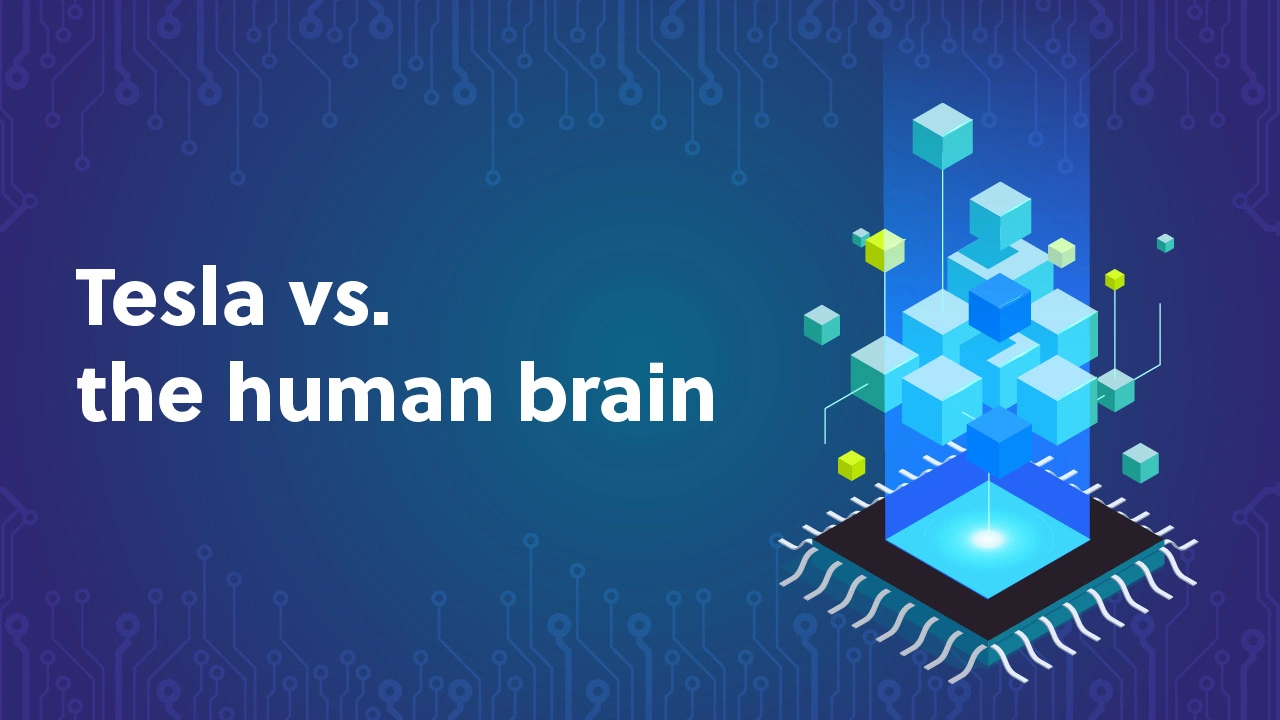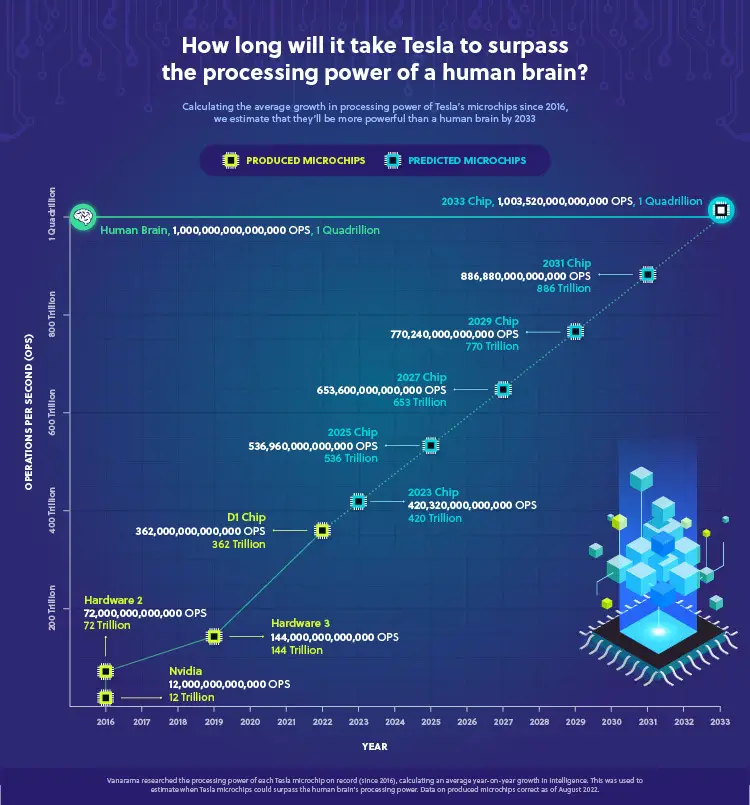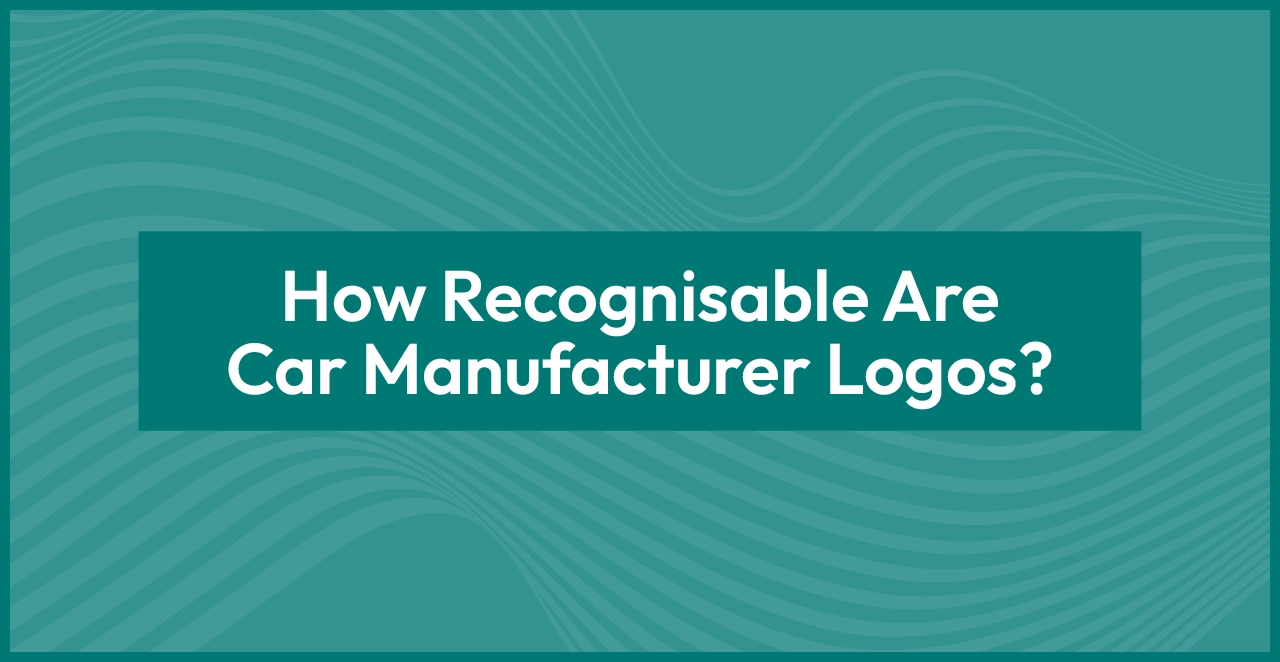Tesla’s new D1 microchip is more powerful than any the manufacturer has previously used in its cars – managing 362 trillion operations per second. Its cars are already at the cutting edge of the market, with the Model Y being on track to be the best selling car by volume in 2023. Its processing power is already over a third (36%) of a human’s brain, which is capable of one quadrillion operations per second.
As Elon Musk, Tesla CEO, works towards a chip capable of making self-driving vehicles a reality, we can’t help but wonder just how far this artificial intelligence (AI) is from closing that gap. Vanarama researched the processing power of chips used by Tesla, forecasting how many years it will take to be on par with us and our brains.
It Takes The Human Brain 25 Years To Reach Full Maturity, But Tesla Could Equal That Intelligence In Only 17 Years
Operations per second is the measure of a computer’s processing power. By analysing current and previous Tesla microchips, we found that their capability is increasing at a rate of 486% per year. The first chip analysed, an Nvidia component from 2016, managed ‘only’ 12 trillion operations each second, while the latest D1 chip manages a huge 362 trillion.
At that rate, Tesla's self-driving AI chip will top the human brain (one quadrillion operations per second) in only 11 years (10.94), by 2033.
When considering the growth rate from the first chip, manufactured by Nvidia, it means Tesla would take 17 years to reach the level of a mature human brain – eight years quicker than we manage (25 years for human brain maturity).
Tesla’s D1 Chip Is 30 Times More Powerful Than The Chip They Used Only Six Years Ago
The new Tesla D1 chip is due to be released in 2022, and has been designed for the Dojo supercomputer, ExaPOD. It will be instrumental in the supercomputer managing AI networks and the carmaker’s Autopilot self-driving system. Machine learning will be achieved in a more efficient way than other computers.
The power of the D1 chip is a considerable increase in computing intelligence on the previous chip, the Hardware 3, which performed 144 trillion operations per second in 2019. Before that, it was the Hardware 2 on 72 trillion, and the Nvidia chip on 12 trillion – making the D1 chip 30 times more powerful than the Nvidia device that was used by Tesla only six years ago.
In total, 24 D1 chips will be used in the Dojo ExaPOD supercomputer, meaning the whole system is capable of just over one quintillion (1,086,000,000,000,000,000) operations per second.
The Frontier supercomputer is currently the world’s most powerful, delivering 1.1 quintillion operations per second and consisting of 74 supercomputer cabinets, each weighing about 3.5 tons. Tesla has been able to condense this complex tech into something smaller with the Dojo ExaPOD’s 10 cabinets.
The ExaPOD's work on self-driving algorithms and tech could be sold to other car manufacturers in the future.
The Future Of AI Chips
These chips have been instrumental in Tesla’s existing automated driving functions, but there is so much more potential over the next decade. Does this mean that it will be 11 years until we see self-driving cars on the roads, or will it happen much sooner? Only time and innovation will tell.
In the time it’s taken to read the above graphic, the microchips will have completed up to 7.6 quadrillion operations each.
It wouldn’t be crazy to believe that tech will become significantly smarter than humans in our lifetime. Microchips are currently capable of working the way brain synapses do, with researchers developing chips that are inspired by the way the brain operates.
If you're looking for a new Tesla or car, why not browse our car leasing offers for an easy way to upgrade what you drive.






